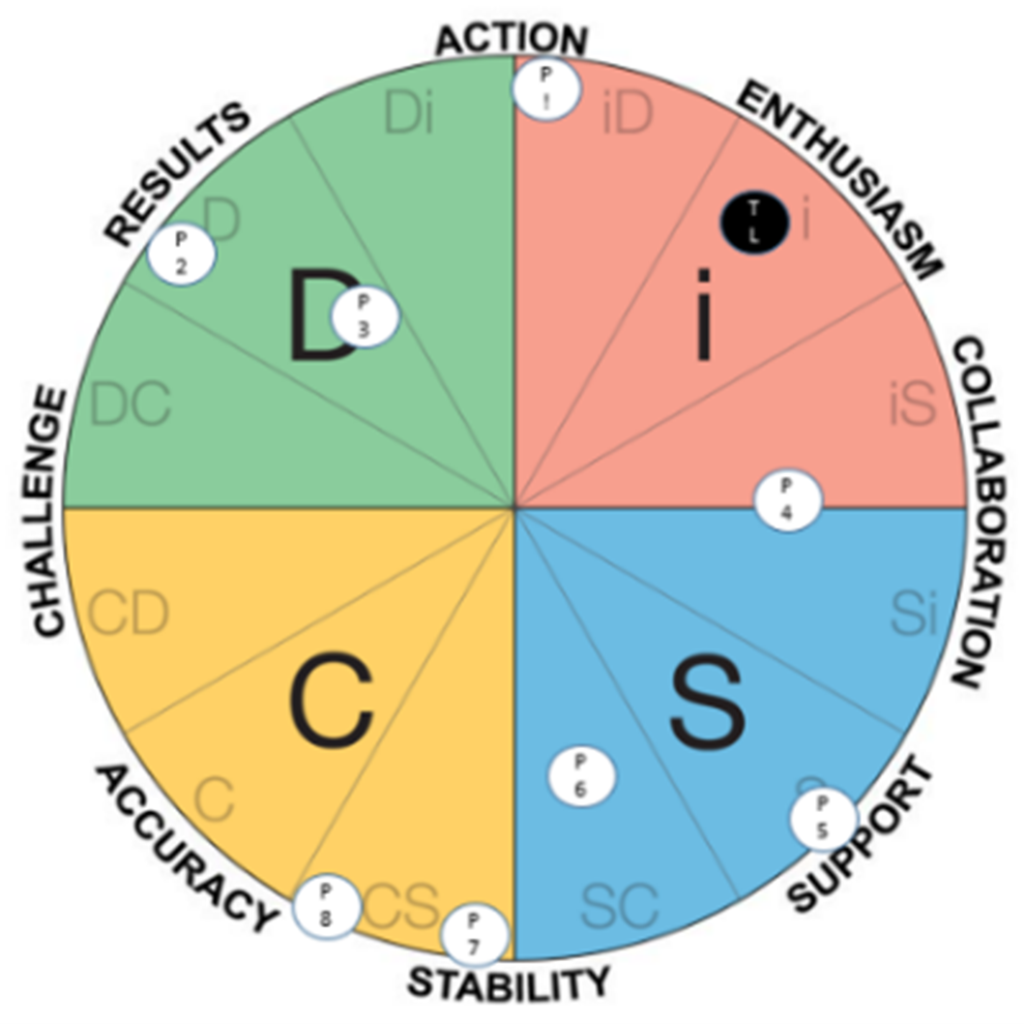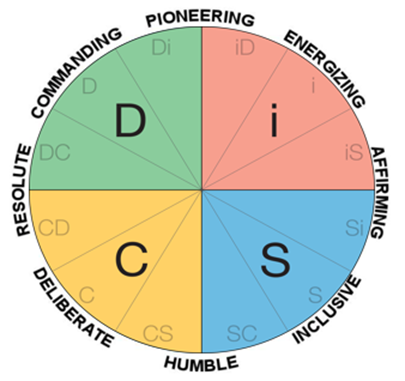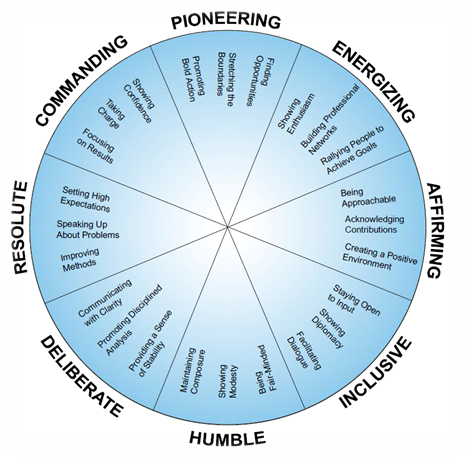Behavioural Styles
Much has been written about behavioural styles (personality styles), and their impact on how we view the world and how we relate to those around us. Likewise, there are a myriad of instruments available that help us identify our primary “style(s)”. As outlined in a previous blog, self-evaluation and self-awareness are critical to the success of a leader (see my previous article)
The understanding of self and others is critical to building an effective workplace team. In his work on ‘The Five Behaviours of a Cohesive Team’, Patrick Lencioni suggests that this understanding is instrumental in building the first and foundational behaviour, that of trust. He comments, “It is amazing to observe previously guarded team members calling out one another’s strengths and weaknesses after having those strengths and weaknesses validated by an objective tool”
As mentioned, there are several of these objective tools available. My personal favourite is the ‘My Everything DiSC Workplace Profile’, for numerous reasons, but primarily because its chief objective is to improve workplace interpersonal effectiveness (or team building). The profile not only assists in identifying your “style” but provides strategies for interacting with those of other “styles”. It also comes with access to an interactive online tool for

comparing profiles with others. For those unfamiliar with DiSC, it identifies 12 different styles and the behavioural priorities of each. By understanding the priorities, motivators, fears and limitations of each of these styles, we are able to “flex” behaviours to build trust and make our team dynamic more effective. You can see from the diagram that this team has members with a variety of priorities (around the circumference of the circumplex), which has potential for great synergy, but also great conflict. Understanding this makes a huge difference.
Behavioural Styles and their link to Leadership Dimensions
Not only does the data collated by the DiSC profile help build our interpersonal effectiveness, but it provides insights into how individuals are likely to approach leadership. As each style has personal priorities, it also has leadership priorities, or preferences for dimensions of leadership. In their work with DiSC, Sugerman, Scullard and Wilhelm (‘The 8 Dimensions of Leadership’) have identified 8 dimensions of leadership that are directly related to our DiSC style.

Each dimension is equally valuable, but as with behavioural styles, each dimension comes with a set of strengths and potential limitations. Our natural tendency is to operate according to the practices of our preferred dimension; however, this can be limiting when the practices of other dimensions would be helpful to our overall leadership effectiveness.
For instance, my personal style is an “I”. With this comes the personal priorities of enthusiasm, action and collaboration, with the primary leadership dimension of “Energising”. The primary practices of an Energising leader are showing enthusiasm, building professional networks, and rallying people to achieve goals. These come rather easily for me, and they have notable strengths.
But what happens when I am in a leadership situation that requires, say, a ‘Deliberate’ approach, with the associated practices of communicating with clarity, promoting disciplined analysis and providing a sense of stability. These I find much more difficult, as they come far less naturally. Failure to recognise this and to develop other practices will have the potential to limit my leadership effectiveness.
It is not possible to unpack all of these dimensions in this article. My purpose is to show how our styles and their preferences impact on the way we lead, and whilst our preferred dimension may bring strengths, alone it may also bring limitations. The good news is that by understanding this, we can intentionally develop a balanced and flexible approach to leadership.
This diagram shows a quick overview of each leadership dimension. Perhaps you will be able to recognise your preferred dimension and practices as well as dimensions you find come less naturally.

At Australian Coaching Collective we carry accreditations in all this material and are able to offer training workshops for you and your team in understanding DiSC styles and leadership dimensions. We are also able to provide 360-degree profiles on these 8 dimensions. Feel free to make contact.


1 thought on “Behavioural Styles and Leadership Dimensions”